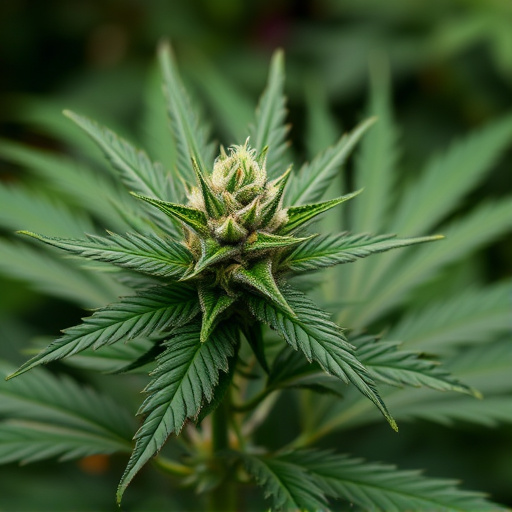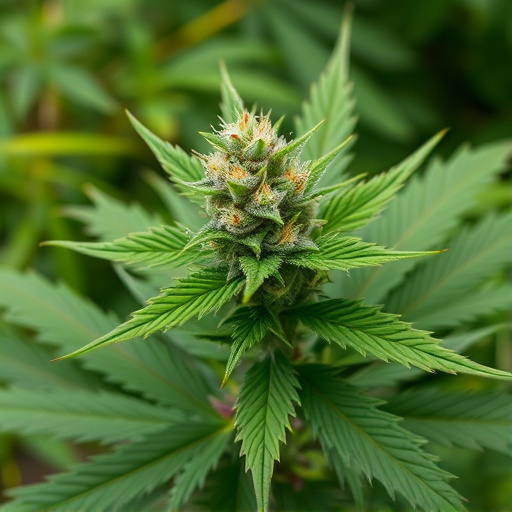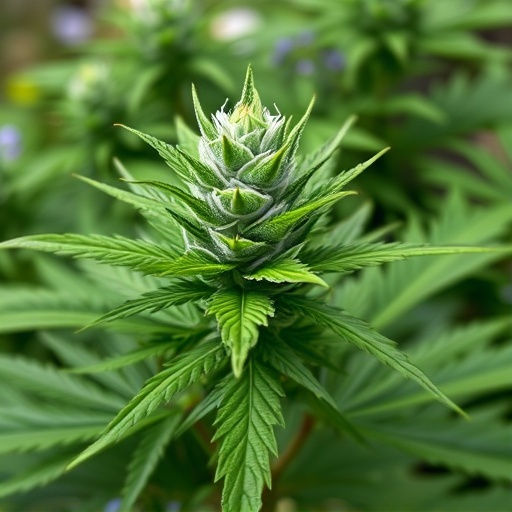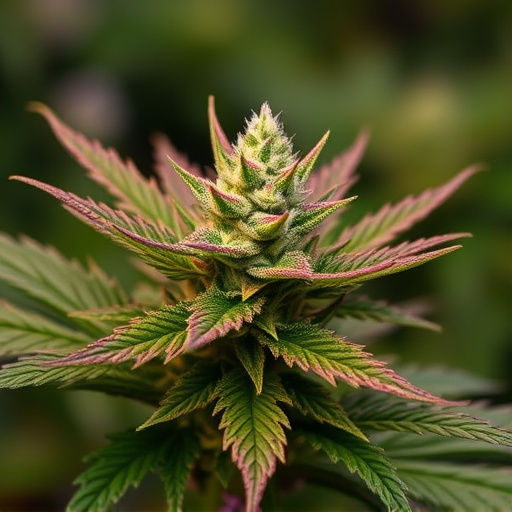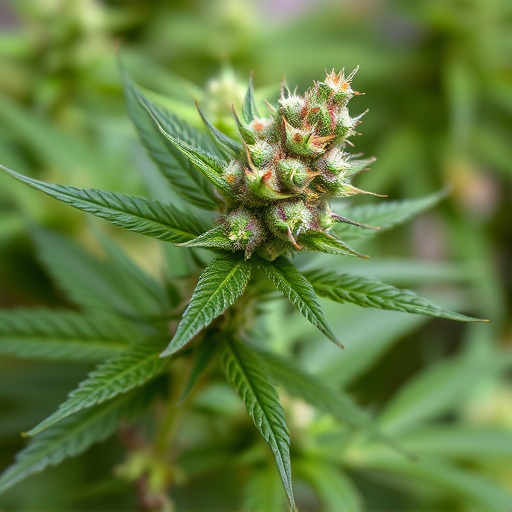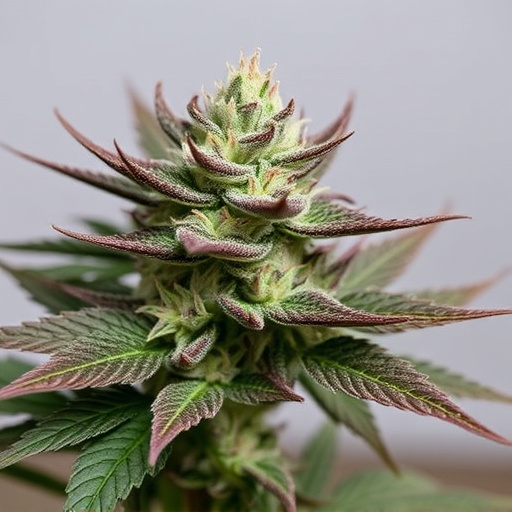Drug testing remains crucial for ensuring safety, fairness, and regulatory compliance in various settings, especially with the increasing legality of cannabis. Understanding cannabis detectability on tests, particularly urine analysis, is vital for medical users managing pain through cannabis strains known for their therapeutic benefits, such as Indica and Sativa varieties. As modern strains are bred to minimize THC and maximize CBD levels, advancements in testing methods are needed to accurately identify these therapeutic compounds in drug tests.
Weed, or cannabis, has gained significant attention for its medicinal properties, especially in managing pain. However, understanding how it shows up in drug tests is crucial. This article delves into the science behind drug testing and explores the impact of cannabis metabolites on test results. We examine specific cannabis strains used for pain management and their potential to trigger positive outcomes. By understanding these factors, users can make informed decisions regarding their wellness and employment or legal implications.
- Understanding Drug Testing and Its Purpose
- The Metabolites of Cannabis and How They Affect Tests
- Cannabis Strains for Pain Management and Their Detection in Tests
Understanding Drug Testing and Its Purpose
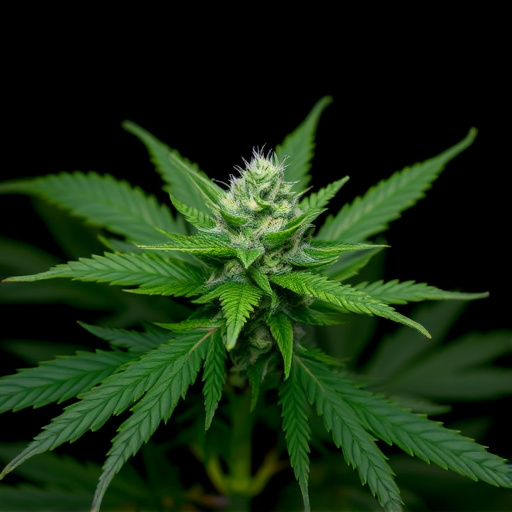
Drug testing is a crucial process designed to detect the presence of illegal or prescription drugs in an individual’s system, often used in various settings such as employment, sports, and legal proceedings. The primary purpose is to ensure safety, maintain fairness, and comply with regulations. In recent years, as cannabis has gained legality for medical and recreational use, understanding how it shows up on drug tests has become increasingly important. This is especially true when considering cannabis strains for pain management, where individuals may need to undergo regular testing while using these products.
The most common types of drug tests include urine, blood, and saliva analysis. Each method detects different substances, with urine tests being the most prevalent due to their convenience and cost-effectiveness. Cannabis, or THC (tetrahydrocannabinol), is a detectable substance in these tests, particularly in urine samples where it can remain for an extended period after consumption. This is why individuals using cannabis for medical purposes, including those seeking relief from pain, must be aware of potential testing implications and consider the impact on their drug-free status when choosing cannabis strains for pain management.
The Metabolites of Cannabis and How They Affect Tests
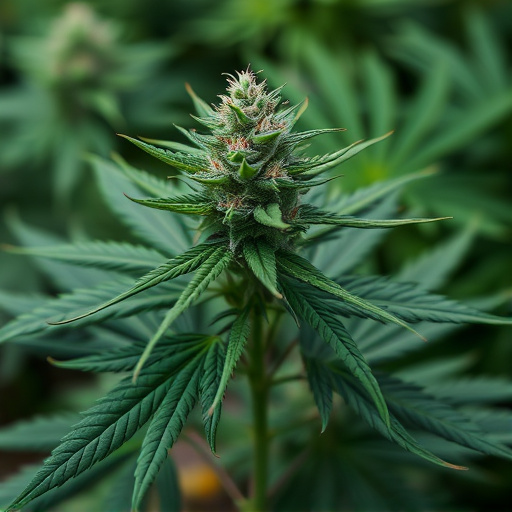
Cannabis Strains for Pain Management and Their Detection in Tests
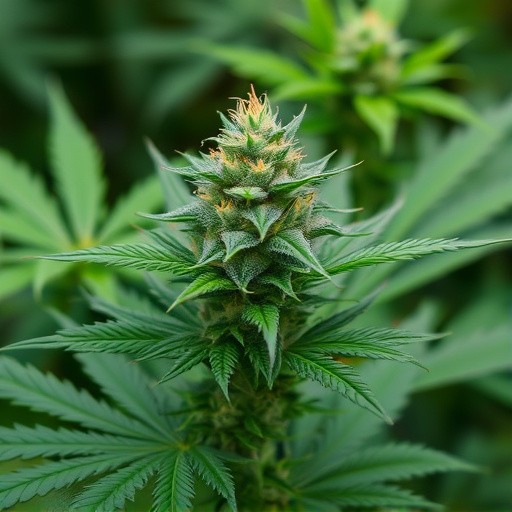
Cannabis has gained attention for its potential therapeutic benefits, especially in managing chronic pain. Various cannabis strains are known to offer relief through their unique chemical compositions, containing compounds like THC and CBD. These compounds interact with the body’s endocannabinoid system, which plays a role in regulating pain perception and inflammation. For individuals seeking alternative pain management options, medical cannabis has emerged as a promising approach.
When it comes to drug testing, detecting the presence of cannabis strains used for medicinal purposes can be complex. Traditional tests primarily focus on identifying THC, the compound most associated with psychoactive effects. However, many modern medical cannabis strains have been bred to have minimal THC and higher CBD levels, making them less likely to produce a positive result in standard drug screens. This shift towards CBD-rich strains has led to advancements in testing methods to accommodate the diverse range of cannabinoids present in these therapeutic plants.
In conclusion, understanding how cannabis, especially strains used for pain management, can show up in drug tests is essential. The metabolites of cannabis can remain detectable for varying periods, making it crucial for individuals using these strains to be aware of the potential implications when facing testing scenarios. By staying informed about the latest advancements and research regarding cannabis detection, users can navigate these challenges more effectively.









